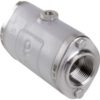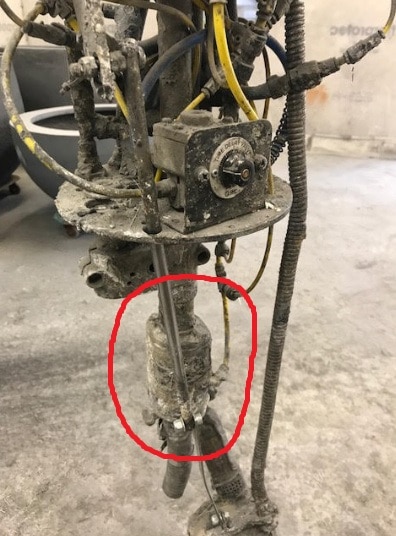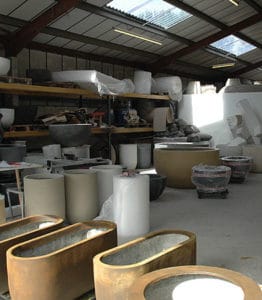A company using a Pinch Valve from AKO UK’s range of products are designing and manufacturing plant containers and outdoor furniture from glass reinforced concrete.
This requires spraying concrete at high pressure through special spray guns, while glass fibres are chopped and blown into the spray air stream to build up a thickness on the mould surface.







